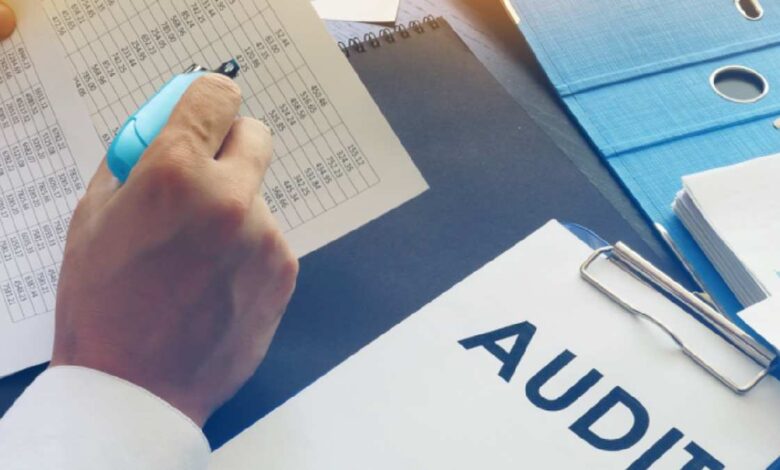A Beginner’s Guide to Oracle License Audits

The term ‘license audit’ is guaranteed to strike fear as the Oracle licensing rules are complex.
In today’s world, it is necessary to hold some knowledge on software license rights and obligations and comprehend the risks of vendor license audits. And we must consider the value of cost control solutions to ensure that operations run smoothly and head towards the business growth. Like all software vendors, Oracle aims to protect the IP. Generally, individuals will receive 45 days’ notice, which is the standard forewarned time that Oracle intends to audit the individual. Let’s know more about oracle license audits.
What is Oracle License Audit?
Whenever a person installs an Oracle program, whether as an individual or as a corporation, the person is liable to agree to the terms and conditions of a license agreement, this agreement was earlier known as Oracle License and Services Agreements or OSLA.
Oracle’s agreements specify under the terms and conditions allowed to use the Oracle programs and provide Oracle permission to perform an audit.
Oracle’s License Management Services performs the internal audits on behalf of the Oracle Corporation. The management is corroborated by several third parties who can perform the license audit on behalf of the Oracle LMS. The Oracle LMS department is hired to complete all the license audits at end-users and partners.
What Happens During an Oracle License Audit?
The oracle license audits start when an individual receives a notification letter that notifies the selection of the individual for a license audit or license review. The LMS consultant or LMS partner performs the audit and is also listed in the notification letter.
The letter further specifies the legal entities and enlists the Oracle software programs inclusive of the audit scope. The letter is sent to the CIO or CFO of the individual’s organization.
Four Steps to Reduce Oracle License Audits
There are no potential silver bullets to eradicate all the license compliance risks undertaken, but four best practices to reduce risk are as follows-
- Implementation of a Software Asset Management (SAM) program: Individuals can assign a resource to manage the licensed assets through internal staff to submit the change requests before modifying system configurations or software usage. SAM tools are an excellent resource for managing license inventories.
- The Invention of Software License Assets: The software license asset is a foundation to complete license assets accounting owned by an organization. Individuals must review vendor ordering documents, support quotes to identify current licensed assets, and maintain a record of licensed purchases in a centralized location for easy reference.
- Maintaining an Oracle Worksheet: A Worksheet to document all of Oracle’s software implementations to track the areas of the licenses used. A few Software Asset Management tools offer a few versions of an Oracle Server Worksheet.
- Performing an annual internal audit: An internal audit is necessary to evaluate the overall usage of Oracle products and compare the findings to the Oracle Server Worksheet and existing quantities of licensed assets.
Conclusion
Oracle license audits are often complex and can change with emerging technologies. The key is to stay updated on the Oracle audit process, licensing concepts, and management strategies. Holding a comprehensive brief helps individuals prepare better for internal resources and mitigate the organization’s risk in a vendor audit.